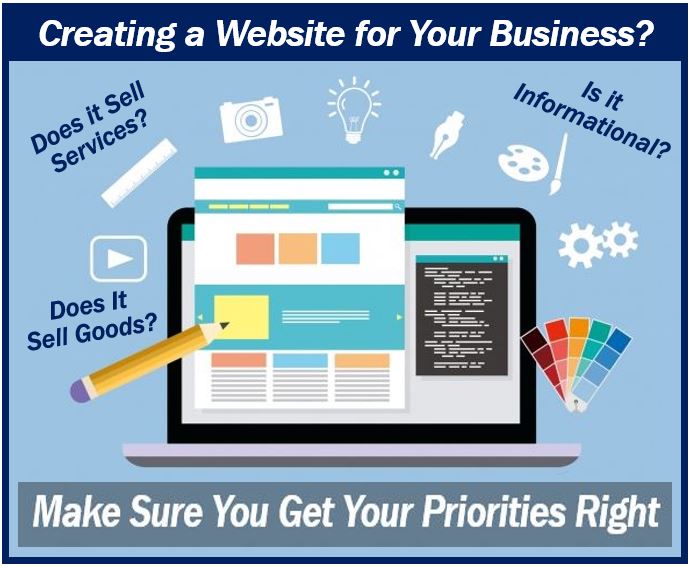If someone told you your next product design needs to have your best customer as one of your design engineers, most company folks would balk. Aren’t customers supposed to be on the receiving end of the entire system and the recipients of good research & design versus driving it?
However, the fact is, customers have a fairly good idea when they need a new solution. They may not know what tool meets that need, but they do have the most vivid idea of their need and demand. That’s what drives them to the market in the first place.

So, when it comes to website design, the user experience, or UX, matters a whole lot. After all, it’s the reader of the website that has the most relevant input. And that’s where web design often goes sideways. Companies will spend a lot of effort and time creating a wonderful platform with lots of features, but it doesn’t resonate with their audience.
What went wrong? Well, for starters, nobody bothered to tap into their market to understand what was needed from a reader’s perspective.
Avoid the Template Trap
Templates are wonderful things when you have to churn out a lot of the same thing in different tweaks. The website product is no different. And much of the latest language leans towards this approach with templates framed with overall CSS styles and then slightly tweaked from page to page for different details. The tools are extremely helpful when one is maintaining a portal of 100 pages and no one wants to have to change each page manually for small regular modifications.
However, templates make web design lazy too. And when your front page or portal needs to be a stand out that really provides a good impact, you don’t want a template to limit your presentation. Use templates for heavy churn like individual product pages, for example. Don’t use templates for your critical page design.
Take Time to Research Your Consumer
If your customer base is the type who just wants to scroll catalogs for details and information to supplement their inventory tracking, then give them a web design that provides the same. Don’t fog them up with lots of blog posting and long subject articles they won’t use.
If your consumers are interested in how-to training, focus on giving them regular lessons and skill-building with easy navigation from lesson to lesson. Don’t make them go through a maze of links to find buried lessons deep under a sales page. By being more responsive, your web design will increase traffic versus depressing it. You can achieve this by making use of services such as the ones provided by UX design agency San Francisco.

Get Out of the Way of Your Content
Smart web design focuses on delivering content to users right away. If your sales push and contact information is the first thing people see, you’re becoming an obstacle. Customers already know how to find your contact info if they want it. They want to see why your product or service meets their need, so your content should be the first thing they can access.
Keep in mind that, depending on the location of your market, the products consumers want to see first may be different. This is why, for example, a website design in Atlanta may require a different design to one in Miami.
Use Animation Strategically
A photo says 1,000 words and a quick video can provide 100,000 words. Use small snips or video clips in your website design to convey why your product or solution is worth looking into. Show your business in action versus just describing it. Folks make faster decisions in user experience with small videos than they ever will with an article or a white paper.
Design to Mobile First, Desktops Second
Based on hundreds of case studies and projects, Zgraph Web Design and other providers have found most of your customer base today will be on the road and moving, using mobile devices to find what they need while engaged.
Design your website to accommodate your consumer with a mobile device first. While a desktop approach is still a baseline, the higher majority of engagement is happening via local search, quick queries, and on-the-move questions through digital and verbal search. Design to the smartphone user as your primary reader and the desktop as your secondary audience.
Get Savvy With Your UX
The last thing that should happen with your website design is to create anxiety for your consumers. Approach your site build with the UX in mind first and let the customer tell you what is most important. After all, they’re the ones reading your site the most, not you. So let them be comfortable in the driver seat and you’ll enjoy the dividends with more engagement and call to action responses.
Interesting Related Article: “How to Know When It’s Time to Redesign Your Website“

